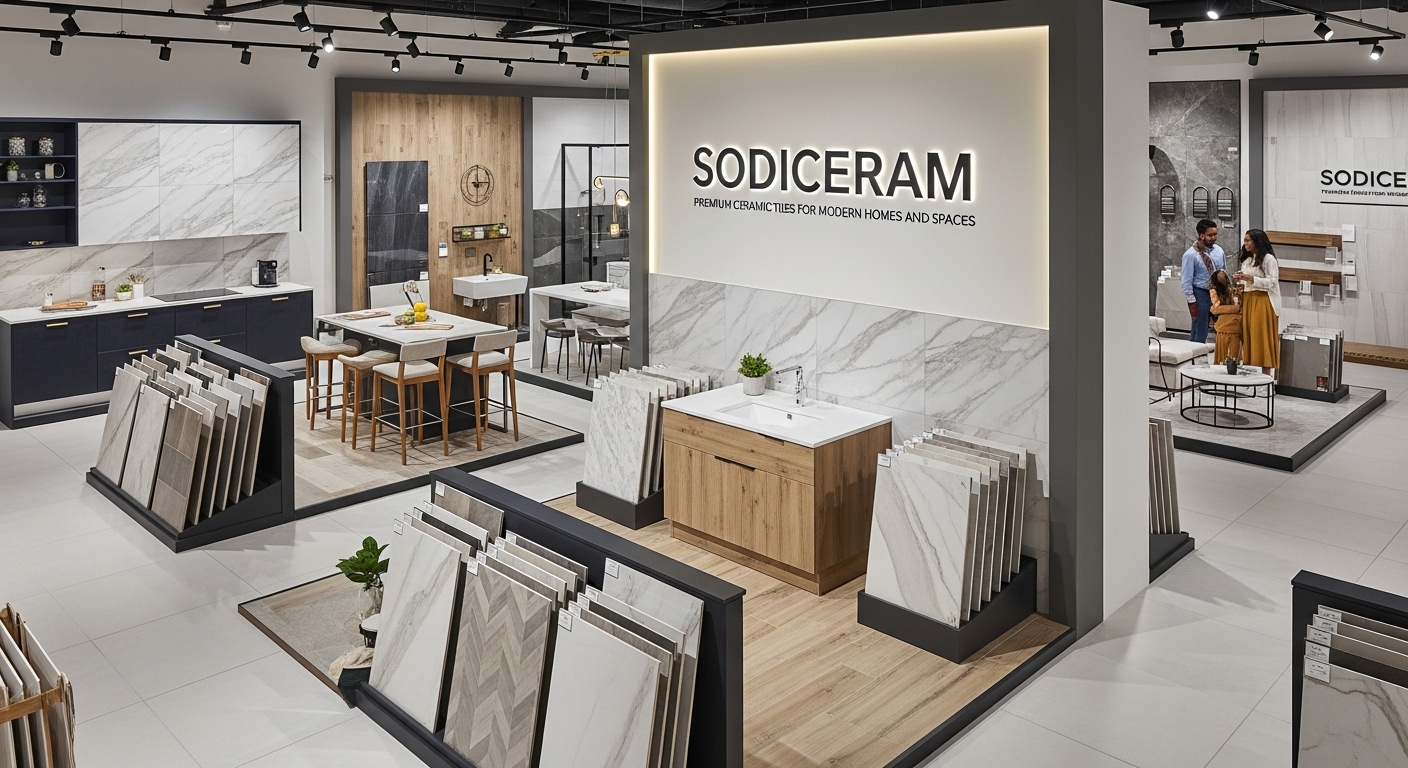Introduction
The ASUS ROG Azoth, often referred to by users as “Azith” due to regional spelling variants, is a high-end mechanical keyboard equipped with a sleek and functional OLED display. This OLED panel is more than just a decorative element. It allows users to view real-time system information, media playback visuals, keyboard settings, and even custom animations and logos. To harness the full power of this display, users require proper OLED software for Azith. In this guide, we will delve into the tools, customization features, and best practices for using OLED software on your ROG Azoth keyboard.
OLED Hardware & Specifications
The OLED panel integrated into the ASUS ROG Azoth is located in the top-right section of the keyboard. It’s a monochrome display capable of showcasing text, animations, and real-time system stats. The size of the OLED screen is approximately 2 inches diagonally, and it supports a range of file formats including .jpg, .png, .gif, and .bmp. Users can toggle between screens using the multi-functional control knob.
This screen isn’t just for show. It plays an active role in productivity by displaying CPU/GPU performance, battery levels, music playback, and more. The OLED screen’s refresh rate is optimized to minimize lag while still preserving battery life in wireless mode.
Official Software: Armoury Crate
When it comes to the OLED software for Azith, the official and most robust option is ASUS’s Armoury Crate. This software is the primary utility designed to control and configure ASUS peripherals, including the ROG Azoth keyboard.
To get started, users must download and install Armoury Crate from the ASUS official website. Once installed, the software will automatically detect the Azoth keyboard. From the device tab, users can select the “OLED” section to access customization options. Here, you can:
- Upload custom images or animations
- Set the screen to display system stats such as temperature, frequency, and usage
- Configure what the control knob does when rotated or pressed
This OLED software for Azith allows users to save multiple profiles and assign different OLED content for various usage modes such as gaming, streaming, or working.
Custom Content Workflow
Creating and displaying your own content on the Azoth’s OLED screen is both fun and functional. The OLED software for Azith enables users to upload content like:
- Static images (e.g., your logo or favorite character)
- Animated GIFs for dynamic visual feedback
- Scrolling text messages for notifications or quotes
- System information widgets
To upload content:
- Prepare your file in a supported format (.gif, .png, .jpg, .bmp)
- Keep dimensions within 256 x 64 pixels for optimal clarity
- Navigate to the “Custom Content” tab in Armoury Crate
- Upload and preview the image or animation
- Assign it to a profile or toggle option using the knob
Here’s a quick compatibility table:
| File Type | Supported | Notes |
|---|---|---|
| .jpg | Yes | Ideal for static images |
| .png | Yes | Transparent backgrounds supported |
| .gif | Yes | For animations, must be optimized |
| .bmp | Yes | Less commonly used but works |
System Monitoring & Animated Displays
One of the standout features of the OLED software for Azith is the ability to display real-time system monitoring data. Users can enable widgets that show:
- CPU and GPU temperature
- System resource usage
- Battery status for wireless usage
- Current time and date
- Media playback status and track titles
These are customizable within Armoury Crate under the OLED settings. You can choose to auto-cycle between widgets or assign them to a specific knob mode for manual control.
Third-Party Tools & Limitations
Although Armoury Crate is the primary OLED software for Azith, many users explore alternatives like SignalRGB, OpenRGB, or g-helper. While these tools offer advanced lighting control and even better performance monitoring integrations, they do not currently support the OLED screen of the Azoth.
This is a major limitation. For instance:
- SignalRGB recognizes the Azoth for RGB control but not OLED
- OpenRGB provides extensive lighting control but doesn’t access OLED features
- g-helper, while community-developed and promising, still lacks OLED integration
So if OLED functionality is essential to you, Armoury Crate remains your only viable option.
Firmware & Software Issues
Like any advanced peripheral, the Azoth’s OLED screen can experience glitches—often tied to firmware or software issues. A common issue reported by users involves the OLED screen going blank or freezing after a firmware update.
If you face such issues, try the following troubleshooting steps:
- Reset the keyboard by holding Fn + Esc for 10 seconds
- Reinstall Armoury Crate and its drivers
- Roll back to a previous firmware version using the Armoury Crate update tool
- Ensure the USB port is providing enough power (avoid passive hubs)
These steps generally restore OLED functionality. However, persistent problems might require contacting ASUS support.
User Experiences & Reviews
Many users have praised the OLED screen on the Azoth for adding a layer of personalization and utility. Being able to monitor system stats or show off custom animations has become a signature feature. However, the Armoury Crate software has received criticism for being resource-heavy and occasionally buggy.
Some real user opinions:
- “The OLED on my Azith shows my CPU temp while I’m gaming. Love it!”
- “Great keyboard, but Armoury Crate is bloated. Wish there was better OLED software for Azith.”
- “OLED customization is fun but limited without third-party app support.”
These mixed reviews highlight that while the hardware is excellent, the software side still has room for improvement.
Best Practices & Optimization Tips
To get the best out of the OLED software for Azith, follow these practices:
- Use optimized, low-color images for better display clarity
- Keep GIFs short and simple to avoid lag
- Disable unnecessary widgets to conserve battery
- Regularly back up your Armoury Crate profiles
These strategies will help keep your OLED display smooth, sharp, and functional.
Troubleshooting & FAQ
Q: My OLED screen is not turning on. What should I do?
A: Ensure the keyboard is connected via USB. Try pressing Fn + Esc to reset, then restart Armoury Crate.
Q: Can I show live music track info?
A: Yes, via the media widget in Armoury Crate, although it supports limited music players.
Q: Is there any alternative OLED software for Azith?
A: Not currently. Only Armoury Crate provides OLED support for the Azoth.
Future Outlook
The Azoth keyboard is still relatively new, and its ecosystem is evolving. While third-party tools don’t yet support OLED, there is hope that apps like g-helper might incorporate this feature in the future. ASUS could also improve Armoury Crate to enhance usability and reduce bloat, responding to community feedback.
Conclusion
The ASUS ROG Azoth is a premium keyboard made even more powerful by its built-in OLED screen. Whether you use it for displaying system stats, custom animations, or even simple clock functionality, the OLED display is a centerpiece of this device’s appeal. While the OLED software for Azith is currently limited to Armoury Crate, this software enables extensive customization and control. By understanding the workflow, file formats, and limitations, users can make the most of this unique feature and truly personalize their keyboard experience.
Other Articles
ConversationsWithAnthony Substance Abuse EMR Software
MT6761 CascabelK Unlock Software














Leave a Reply